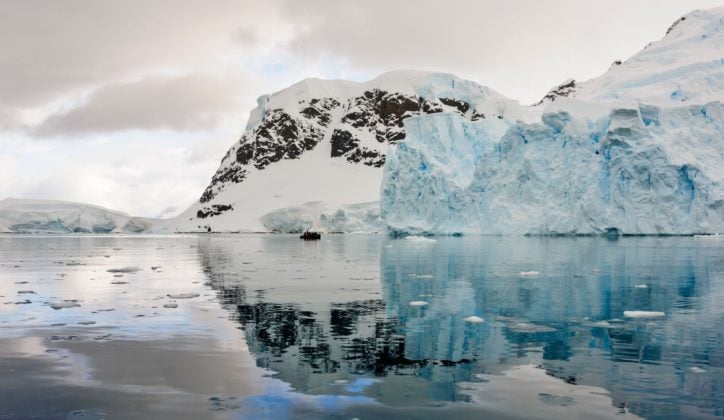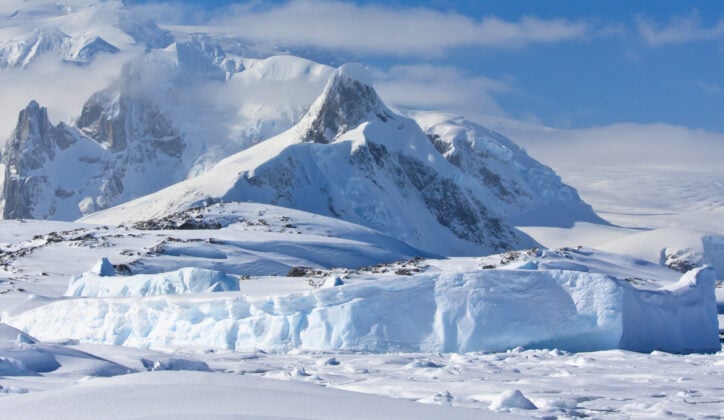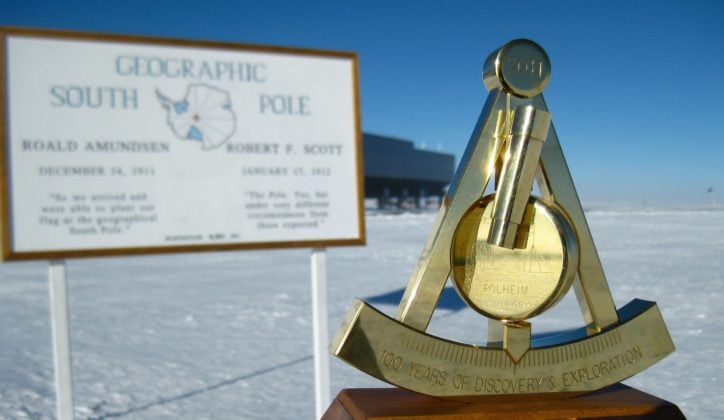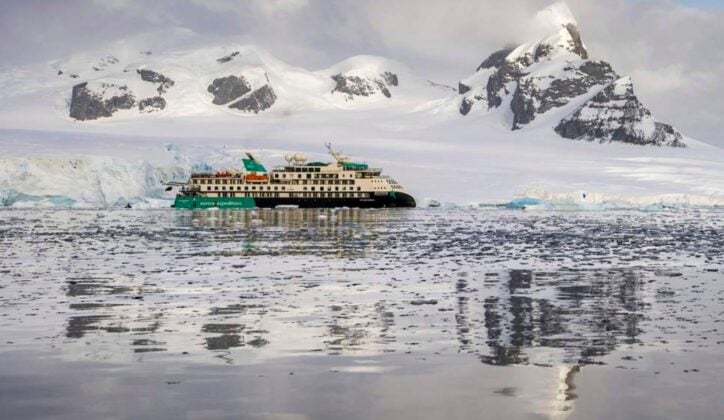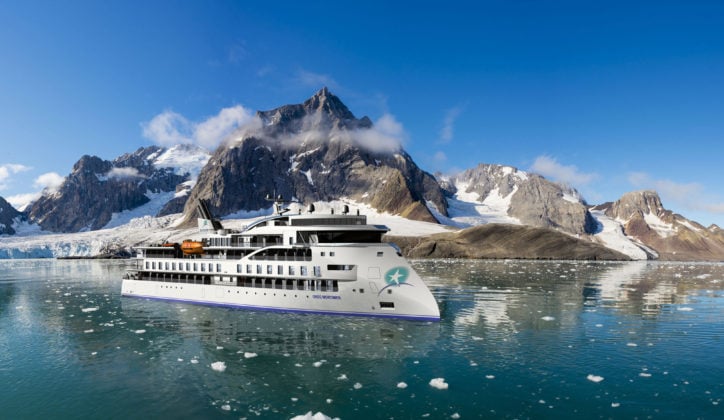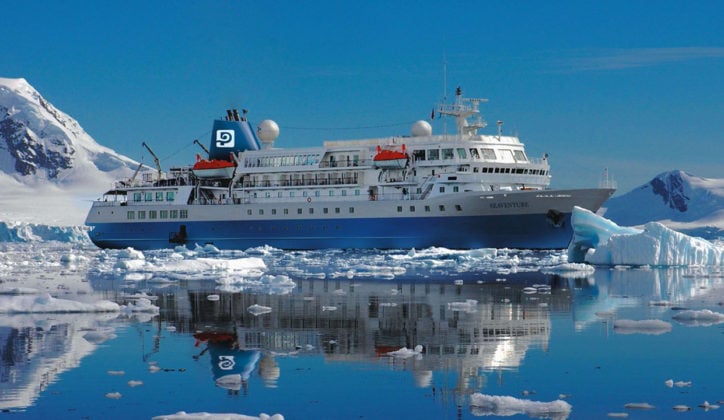Published on: July 25th, 2017
Last modified: March 21st, 2024
The best time to visit Antarctica is between December and March, due to milder temperatures of around 0ºC (32ºF), and greater likelihood of spotting wildlife like penguins and whales. The first journeys of the year begin in November and, if you’re visiting the Falklands and South Georgia, can run until early April.
December and January see the longest days and February and March are best for whale spotting. Antarctica cruise activities such as kayaking, camping and even swimming are typically available across the entire summer season from December to March.
Monthly Climate Guide for Antarctica
Although Antarctica’s weather is characterised by cold and icy conditions, there are some distinct seasonal changes. Variable temperatures and wind speeds can dramatically alter the region, even making it inaccessible at certain times of year.
To help you understand the different seasons and choose the best time to travel to Antarctica, we’ve put together a climate guide highlighting what the weather is like across the year.
December to January
Antarctica Temperatures in December and January: 1°C (34°F)
December to January is considered Antarctica’s peak summer season. Although it’s still cold – particularly when the wind picks up – these are the warmest months. It can feel warmer or colder depending on sunshine and windchill.
At this time of year Antarctica also boasts nearly 24 hours of sunlight and the most active wildlife, with penguins, seabirds and even whales starting to make an appearance.
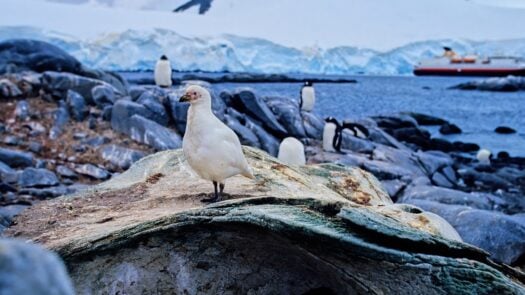
February to March
Antarctica Temperatures in February and March: −1°C (30°F)
The summer continues into February and March with similar weather conditions as December and January. It’s worth noting that Antarctica receives very little rain or snow – particularly at this time of year – and by March much of the snow on lower ground won’t appear as pristine as it did earlier in the season.
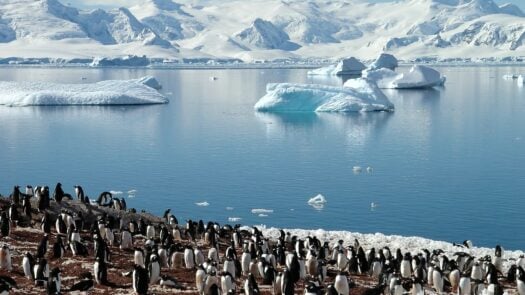
April to September
Antarctica Temperatures from April to September: −15 to −20°C (5 to −4°F)
Antarctica’s harsh winter stretches from April to September. The temperatures are freezing and inhospitable, and most of the day is dark. Storms are also common at this time of year, making it impossible to complete the journey to and from Antarctica.
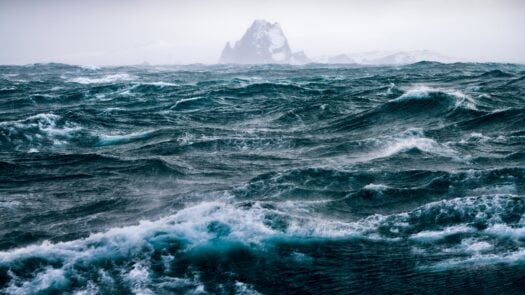
October
Antarctica Temperatures in October: −4°C (25°F)
October marks the end of the harshest winter conditions in nearby destinations like the Falkland Islands and South Georgia, so some cruises start to operate there. But cruises around the Antarctic Peninsula don’t usually start until November, due partly to remaining winter sea ice.
Although many ice-strengthened ships can make light work of these conditions, temperatures are still too cold to enjoy cruise activities such as sleepouts and kayaking.
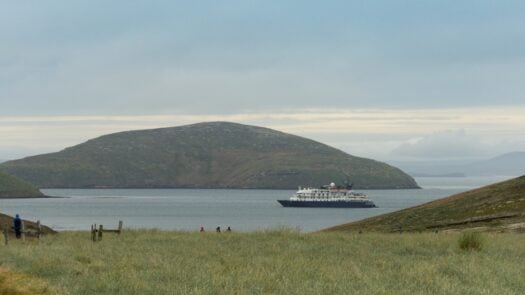
November
Antarctica Temperatures in November −2°C (28°F)
In some ways, November is spring in Antarctica. Flowers start to bloom in South Georgia and the Falkland Islands. Across the Antarctic Peninsula conditions are still cold, but the ice on the water starts to break up. Cruising here starts in earnest as the peak season begins and travellers can fully enjoy the epic White Continent.
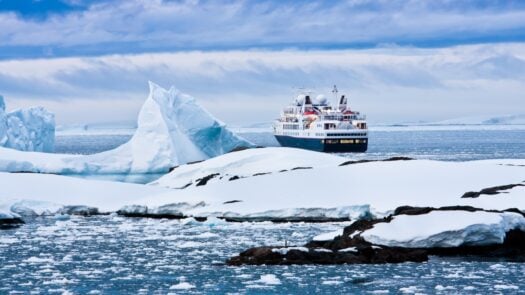
What Time of Year is Antarctica Warmest?
The warmest time of year to visit Antarctica is January, when daytime temperatures can reach 1°C (34°F). However, the other summer months of December, February and March boast similar temperatures. The entire summer season of December to March is considered the best time of year to go to Antarctica for cruises.
Keep in mind that fly-in cruises to Antarctica only run from December to February, as the rest of the year is too cold and prone to ice storms that make these expeditions impossible.
When to Visit Antarctica by Interest
What’s really special about Antarctica is the adventure, the unknown, the unpredictability. It’s like being on another planet. There’s no scenery, no colours – no sounds, really, unless you listen intently. You’re completely disconnected from everything, and you’re entering a whole new world. You’re surrounded by imposing, powerful landscapes, but you also realise just how fragile everything is.
Simply being in Antarctica is a stunning experience. However, some months offer truly spectacular highlights, and others bring such hostile weather that it’s not possible to visit at all. To help you choose when to visit Antarctica, we’ve put together a month-by-month guide to conditions and activities across the entire summer season.
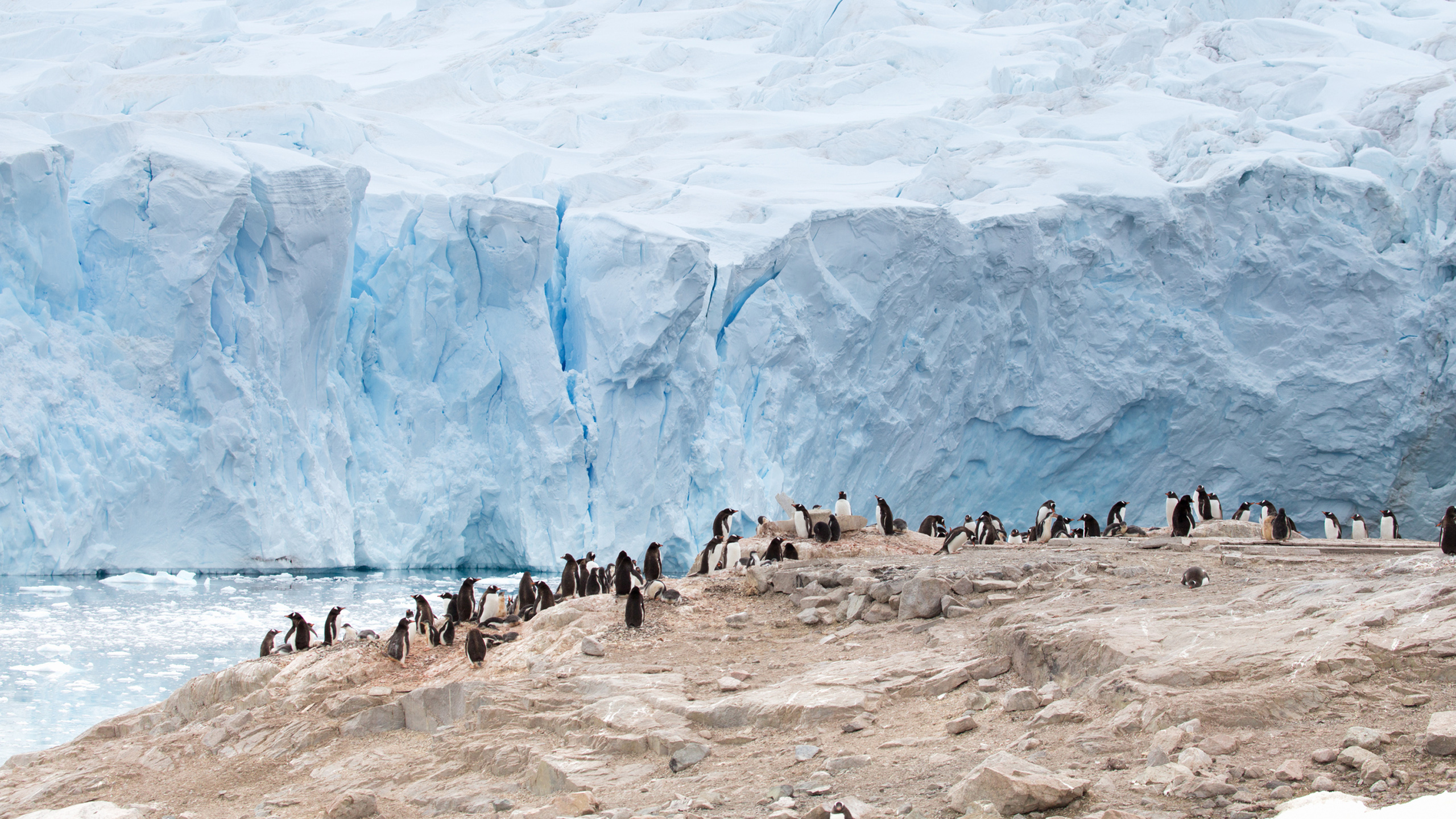
Best Month for Penguin Spotting
The best month to visit Antarctica for penguin spotting is November. This is when the penguins come ashore to breed, although they often stay until March. The landscape also tends to be more pristine and undisturbed in November, so it’s a special time to travel to Antarctica – especially for photographers.
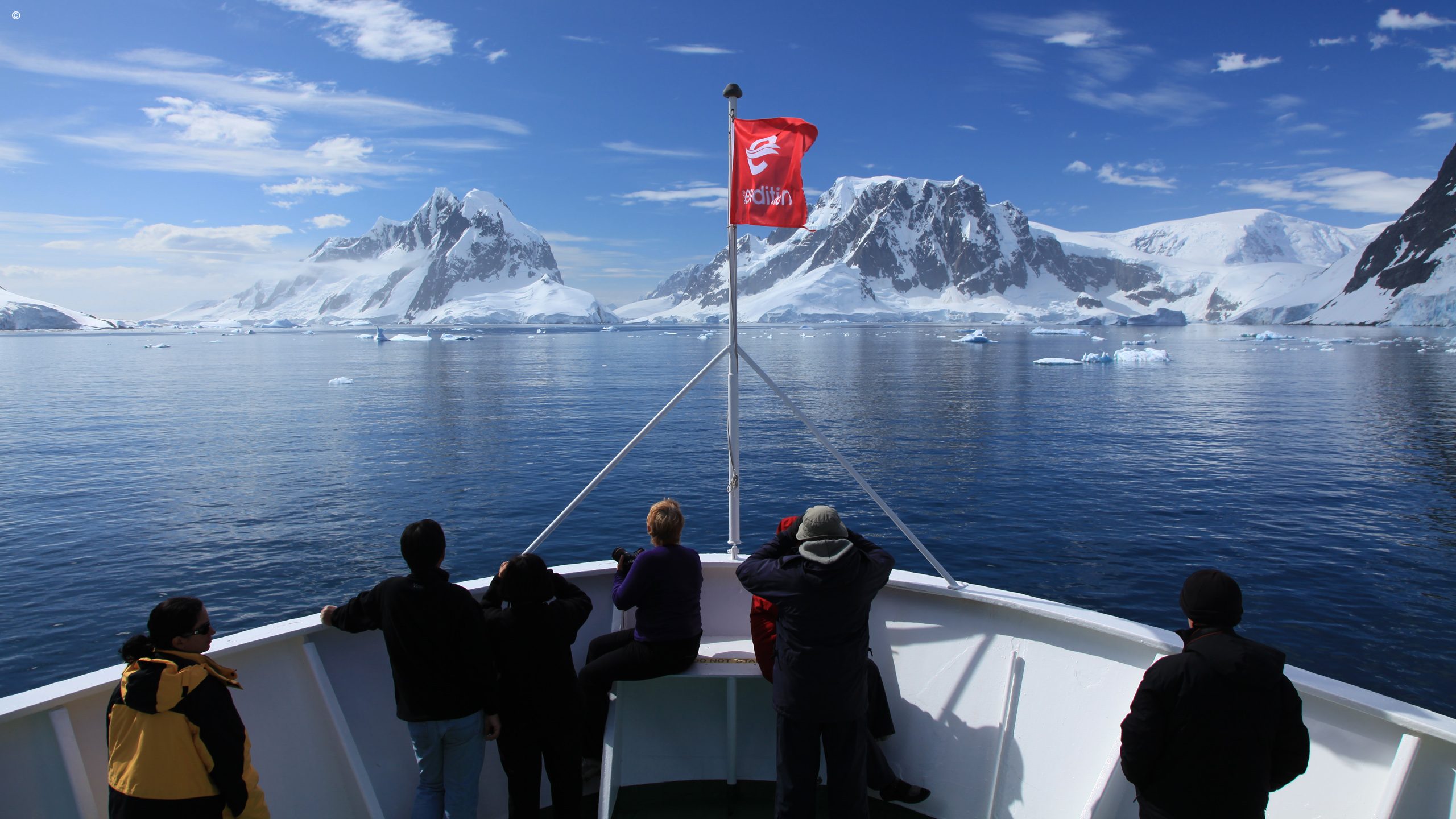
The Best Months for Sunlight
The best time to go to Antarctica for sunlight is summer (December to March), boasting over 20 hours of sunshine per day. Wildlife is most active during this season, so you can see animals like newborn seal pups, penguin chicks, whales and seabirds. These months also see the most visitors.
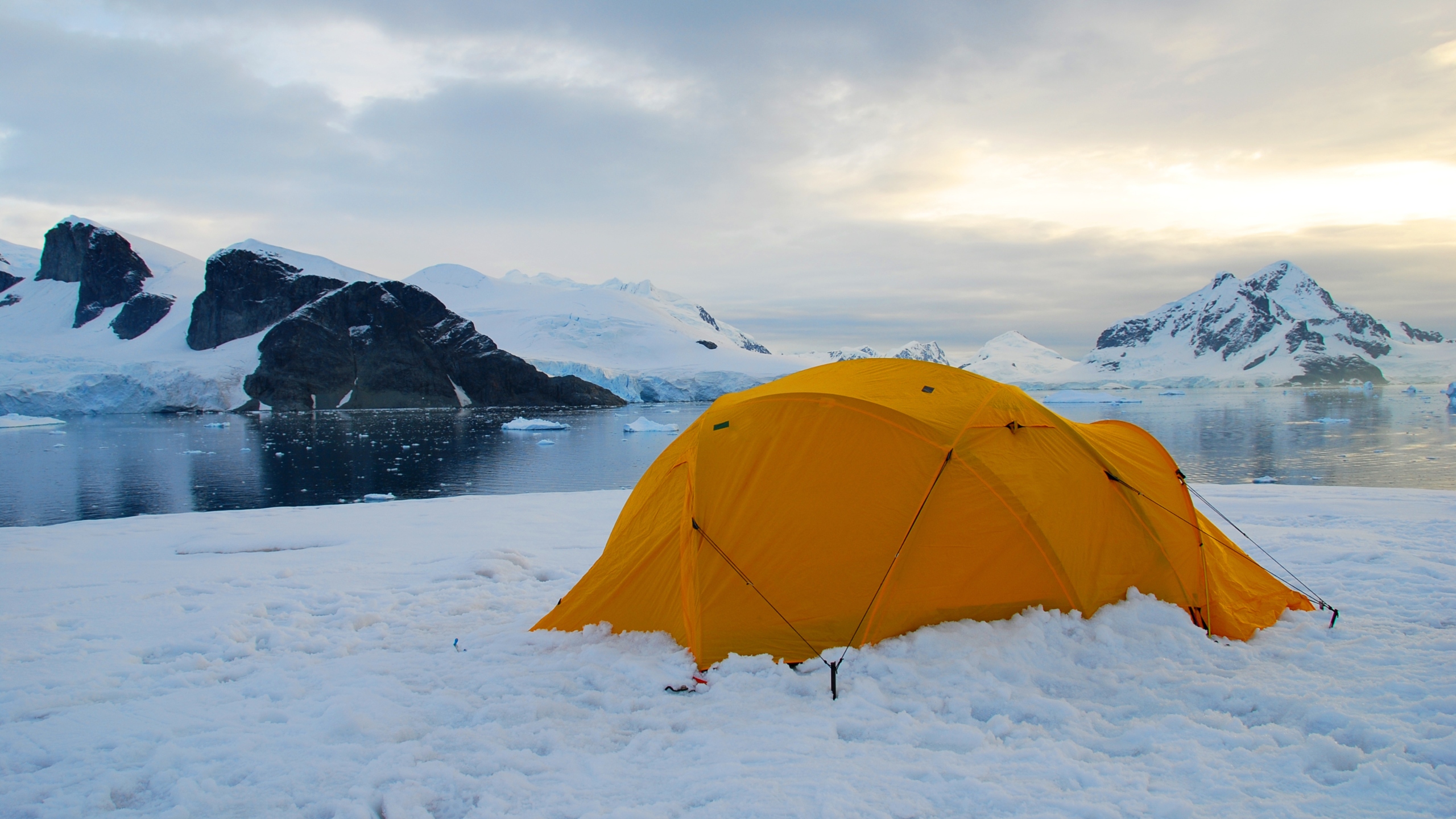
Best Months for Camping
The best months for camping on the Antarctic Peninsula are December to February, when it’s warmer and less windy. Although it might sound incredibly adventurous, anyone can go camping in Antarctica. The experience lasts just one night; you’ll spend around 10 hours on the ice before returning to the ship for breakfast.
Campers wear extra layers and sleep in small 2- to 3-person tents. If the weather is particularly calm, there’s even the chance to sleep completely outdoors in ‘bivvy’-style sleeping bags.
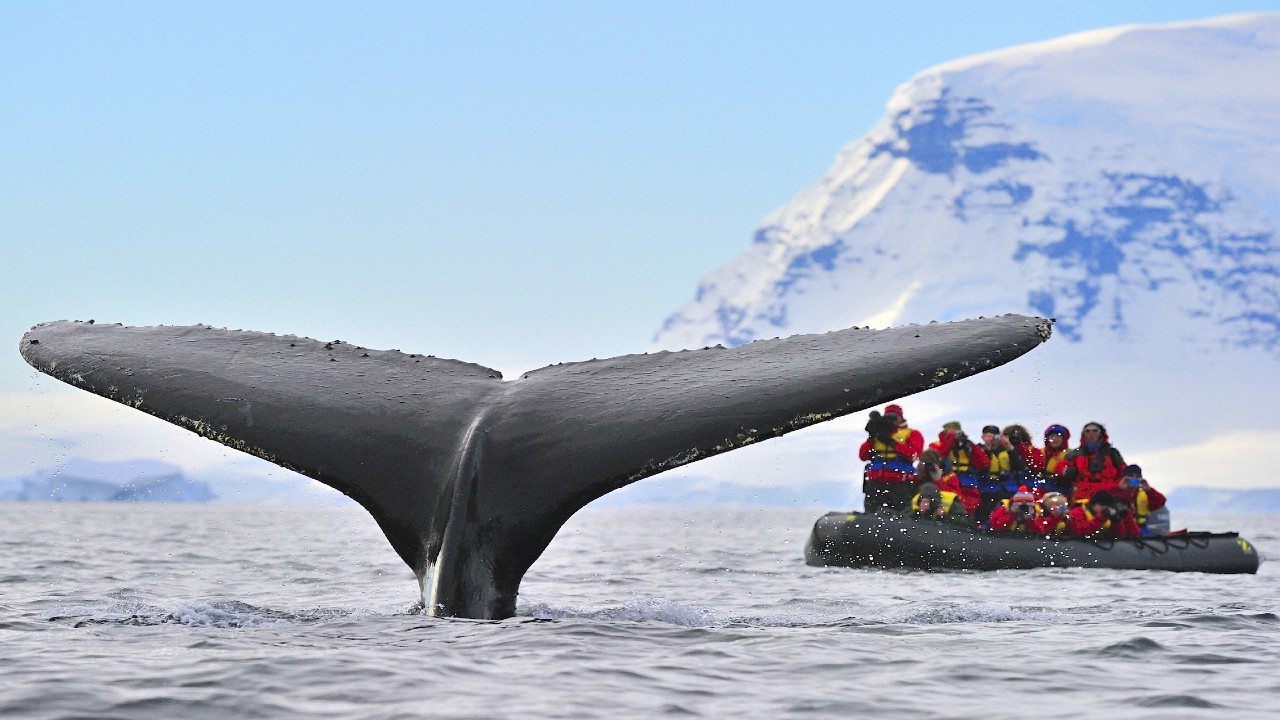
Best Months for Whale Watching
The best time to visit Antarctica to see whales is February to March, when you can spot species like orcas, sperm whales and humpbacks. This is when the whales migrate south to feed on krill. Humpbacks and orcas travel in huge pods, which can be an awe-inspiring sight.
Around March, the whales usually migrate north to seek out warmer waters for breeding and giving birth. Other animals also start leaving the Antarctic Peninsula during these months to avoid the cold temperatures.
How Many Days Are Enough in Antarctica?
We suggest spending 5–7 days in Antarctica itself, although the entire experience can be longer. For example, those who sail the Drake Passage from Argentina will need at least 4 extra days to get to and from Antarctica, sometimes amounting to 13 days on the ship altogether.
For a truly epic adventure crammed with wildlife and spectacular scenery, you can do an Antarctica cruise to the Falkland Islands and South Georgia. You’ll spend around 20 days on board the ship before disembarking in bustling Buenos Aires.
Trip Inspiration
Where to Stay in Antarctica
Whatever you want from your trip to Antarctica, our team of expert travel designers are ready to help.



